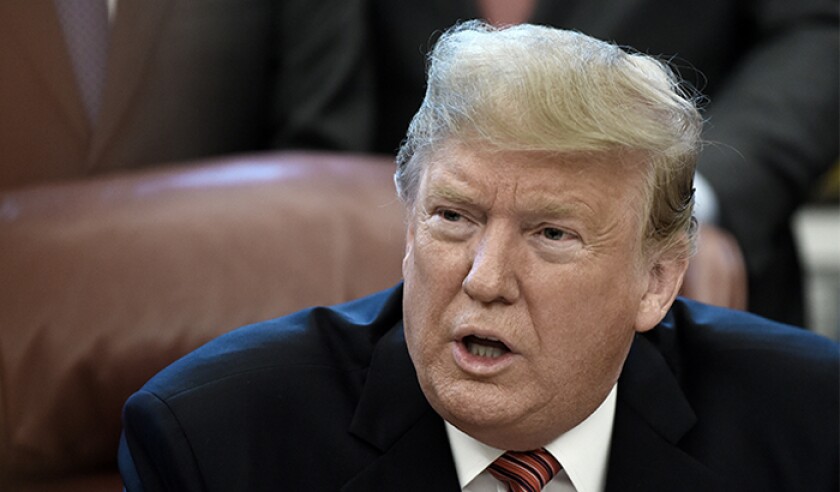
The shake-up to the world’s trading relationships as a result of the US tariff fallout will exacerbate various existing macro challenges facing insurance industry leaders.
There

The shake-up to the world’s trading relationships as a result of the US tariff fallout will exacerbate various existing macro challenges facing insurance industry leaders.
There